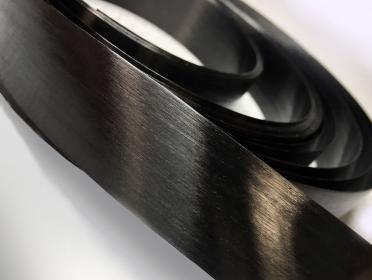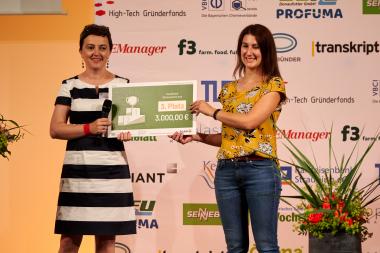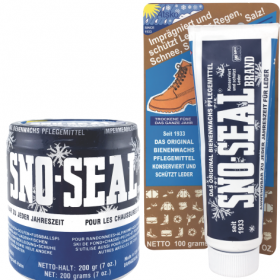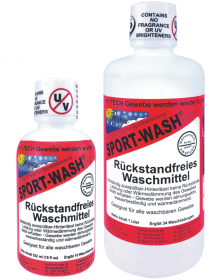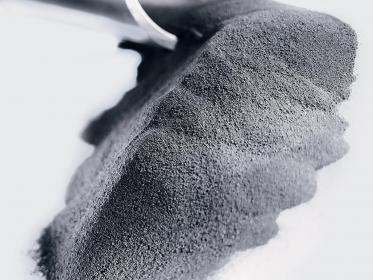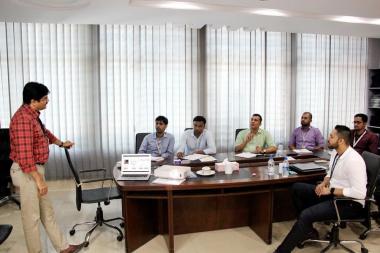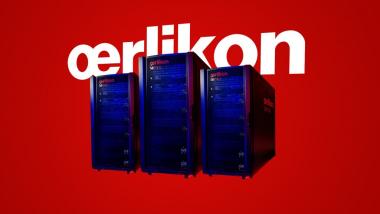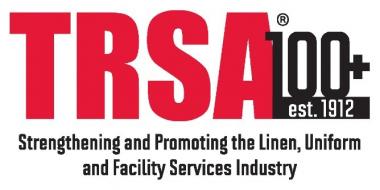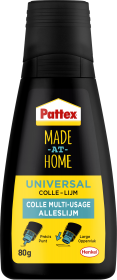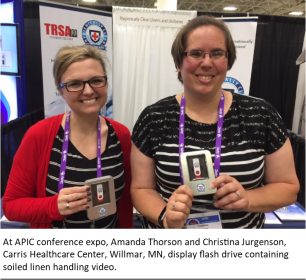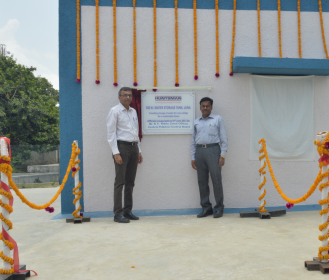Composites Evolution launches new Evopreg® thermoplastic tapes
- Evopreg® range expanded with unidirectional fibre-reinforced thermoplastic tapes
Composites Evolution, a developer, manufacturer and supplier of prepregs for the production of lightweight structures from composite materials, has announced the launch of a new range of unidirectional thermoplastic tapes, to sit alongside its existing line-up of Evopreg® prepregs. The first product families being launched are Evopreg® PA polyamide tapes, and Evopreg® PP polypropylene tapes, with further product lines expected as new customer requirements emerge.
Thermoplastic tapes, also known as thermoplastic prepregs, can be used in a wide variety of markets and applications, including flexible pipes for oil & gas and water transportation, pressure vessels (for example; hydrogen storage tanks and compressed natural gas tanks), and for providing local reinforcement to pre-formed components.
Marketing Director, Ben Hargreaves, explains further: “Our state-of-the-art manufacturing line gives us the capability to produce tapes on an industrial scale, using a variety of combinations of fibre and polymer. This is complemented by a pilot-scale line that allows us to carry out development trials, or manufacture small quantities of tape if required.”
“Because they can be repeatedly re-formed (via the application of heat and pressure), Evopreg® thermoplastic tapes are also very well-suited to multi-stage processing, meaning they are an excellent choice for producing hybrid structures, inserts or over-moulded components. In addition, this ability to be repeatedly re-formed opens the door to much easier recycling than is currently possible with thermoset composites.”
Composites Evolution


